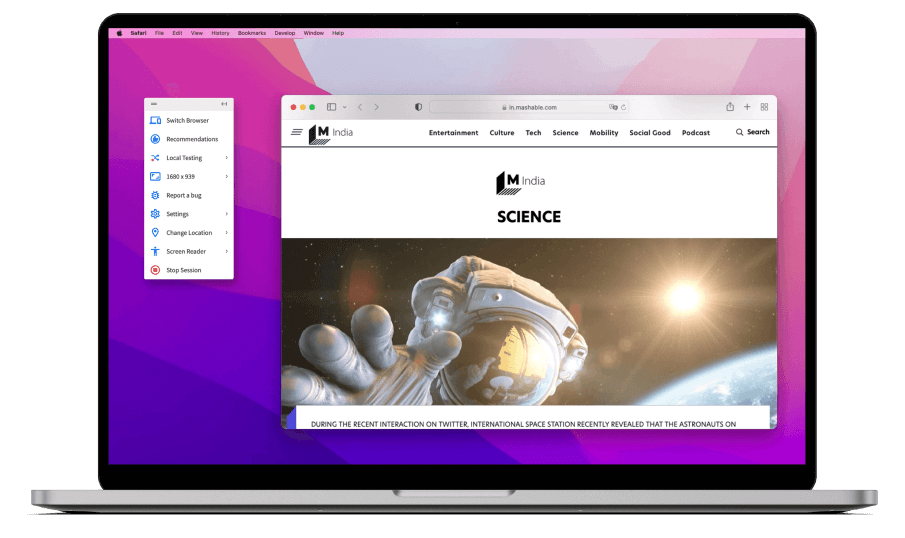

Running code that is specific to an operating system.It won't display the behaviors that are particular to mobile such as the opening of a keyboard.

Don't forget that the Chrome device toolbar remains more or less a desktop website visualizer that can take the shape of a mobile device. Opening/closing of keyboard and focus.Your scroll could be lagging like hell on a mobile device, you would not be able to see it. And this is a big drawback of the Chrome device toolbar. One of the main differences between desktop and mobile is the way the user interacts with the device. The fluidity of scrolling and swiping.Here is a quick list of things you may need, and that is still unavailable with this tool:

However, as complete as it is, the chrome device toolbar is still limited.

But Chrome device toolbar is not an emulator So if you implement a different behavior based on the userAgent, you will be able to see it. If you need an incentive to go see for yourself, be aware that the device toolbar allows you to override geolocation, throttle your CPU and/or internet speed, display media queries… A less known feature of the Chrome device toolbar is that it properly sets the user-agent according to the device you choose. All the available options are presented in great detail in the chrome documentation. But responsiveness is not the only thing you can test with the chrome device toolbar.


 0 kommentar(er)
0 kommentar(er)
